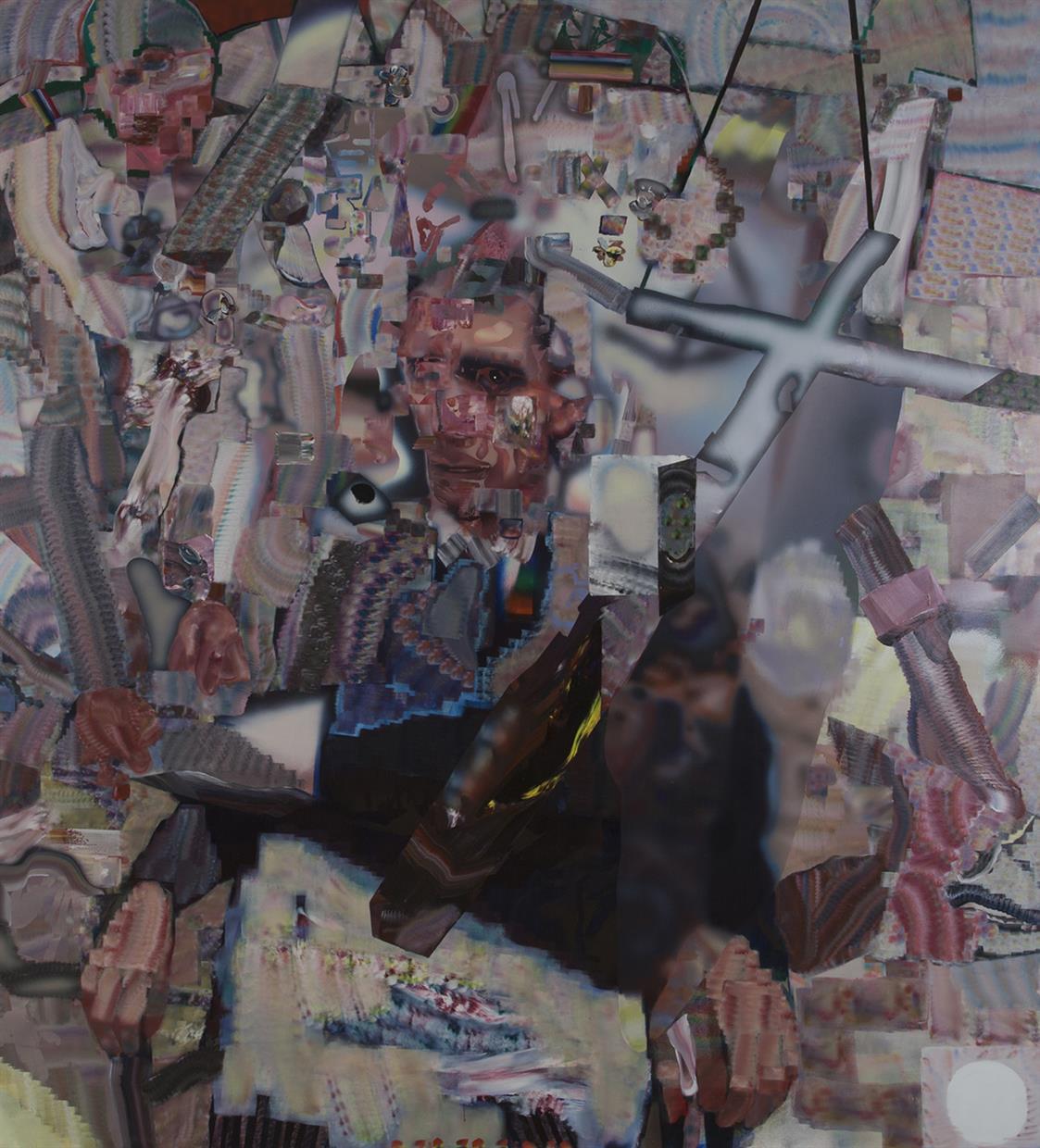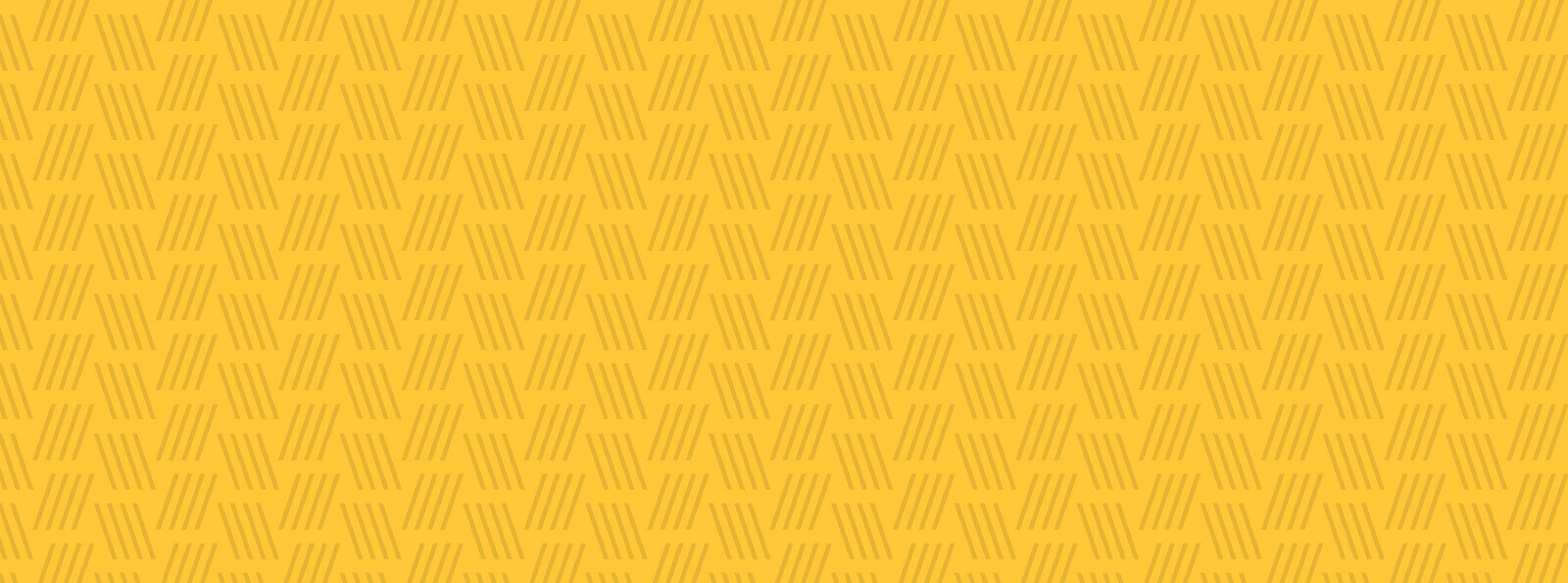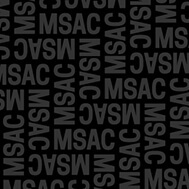About the Artist
Having recently completed his MFA at the Maryland Institute College of Art, Taha Heydari works full time in his studio in Baltimore. Originally from Tehran, Iran, Heydari grew up with an integral relationship to Persian miniature, and trained from the age of twelve in this school of painting. What he gained from that level of study is apparent in his current work. Taha uses his minutely detailed paint application to create a surface which appears to be about the addition of material and image. However, Heydari’s application is much closer to functioning as a method of concealment. Technology and the media inform his work, and the paintings are compiled from second-hand images which are brought together on the canvas, speaking to the current all- consuming image-condition of the digital age. Heydari’s work has been showcased in solo exhibitions at the Southeastern Center for Contemporary Art, Winston-Salem, NC (2017) Haines Gallery, San Francisco, CA (2016), Ethan Cohen Gallery, New York, NY (2011) and the Azad Art Gallery, Tehran (2011 and 2010). Additionally, his work has been featured in various international group exhibitions at the Chicken Box, Baltimore (2015); The Touch Gallery, Cambridge (2014); Castrum Peregrini, Amsterdan (2013); The MahMehr Art Gallery, Tehran (2012); the De Winkelhaak Gallery, Belgium (2012); the 1 x 1 Gallery, Dubai (2012); Frameless Gallery, London (2011); the FA Gallery (2011); the Freies Museum, Berlin (2011); and the Museum of Contemporary Art, Tehran (2009).Artist's Statement
I am interested in painting as an encounter between the function of images and our experience of them, and the relationship between observer and image. Each work begins from a source image, gleaned from research in libraries and online. These images are manipulated to approximate pixilation and glitch-like repetitions. I am fascinated by this moment of a glitch, when our experience of an image is interrupted and its physical properties are accentuated, as a visible instance of separation between what an image does, what it is made of, and how it appears. Rather than digitally altering the images beforehand, it is only when painting that I (de)construct the image, allowing for spontaneity and impulse. Reflecting my training in Persian miniature painting, the highly detailed scenes in my work invite close inspection and yield ominous associations.Featured Work
Photos

Featured Work: Photos
Minister of Public Enlightenment
Acrylic on Canvas
2016
The picture of the Joseph Goebbels printed in Life magazine. I started the painting very fast by brush and thin acrylic as the overall composition was getting clear, I kept changing my tools, the airbrush, rollers and palette knives.
Declassified
Acrylic on wood panel
2017
I had the declassified picture of disguised Hitler made by US intelligence after WW2 on the screen of my laptop, I render the image by brush and as painting was evolving I changed my tools and used rollers and airbrush.
The Vendor
Acrylic on Canvas
2017
I used projector to render the picture of the great mufti of Saudi Arabia. I wanted to have a very visible contrast between the material and the image so I used very thin airbrush marks and very thick paint mixed with molding paste.
On the Roof
Acrylic on Canvas
2017
In this painting I used acrylic and various palette knives, rollers, and airbrush to create complex, highly detailed surface and glitchy quality, since the source image police are seen destroying satellite dishes on the rooftops, thus preventing uncensored media access in Iran.
40th
Acrylic on wood panel
2017
The source image of the painting was a very low quality picture of a flower bouquet. I sanded the surface of the wood after many coats of gesso to get a very smooth and flat screen-like quality and then rendered the picture by rollers and airbrush.
Dark Chamber
Acrylic on Canvas
2015
I used the projector to render the black and white picture of Nazi prisoners inside a theater after the war. they were being forced to watch the footage of Holocaust. the painting was made mostly by small rollers and airbrush on top.

